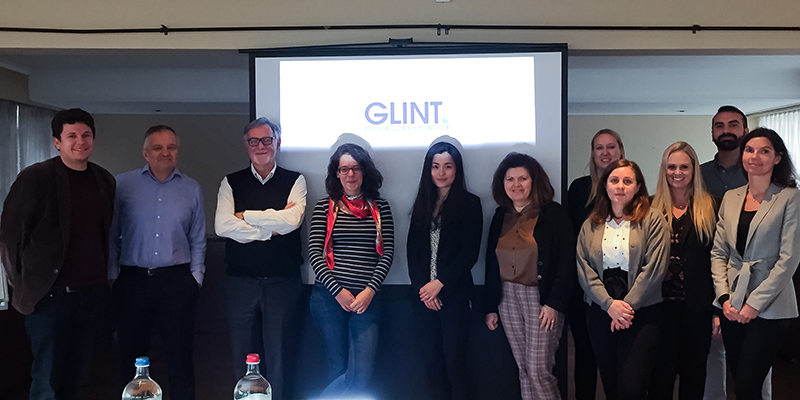The GlucoCEST Imaging in Neoplastic Tumours (GLINT) project will successfully conclude in December 2019. This ambitious project focused on developing a new, non-invasive MRI method using native D-glucose and 3-O-methyl-Dglucose (3OMG) as non-radioactive tracers to assess cancer glucose uptake and metabolism.
Over the past four years, GLINT has compiled crucial new knowledge about the glucoCEST technique. Among others, the project partners improved the analytical equations of CEST quantification, which allow more accurate exchange rate determination of the glucoCEST signal. A new data acquisition technique called snapshot-CEST was developed for fast and robust volumetric CEST imaging and a complete post-processing software suite for analysis of general CEST experiments was developed by one of the non-academic partners and will be available soon to the whole MRI community. The GLINT consortium evaluated the glucoCEST technique in terms of repeatability and reproducibility in a multicentre study, which demonstrated that the method was robust enough to detect the small signal changes expected in vivo at clinical field strengths. Furthermore, the project partners showed that it was possible to detect a positive glucoCEST signal in glioma patients, while detection of such a signal in solid tumours remains elusive at this stage.
Other deliverables of the project included a radiometric approach for accurate estimation of pH change and, using CEST-pH imaging, the partners were able to detect in vivo changes in tumour acidosis. Moreover, research on glucose analogues demonstrated the ability to image tumours by many new possible contrast agents, from 3OMG and other non-metabolizable glucose analogues, to glucosamine (GlcN) or N-acetyl-glucosamine (GlcNAc) CEST MRI in animal models. Generally, images produced using these analogues at high field strength corresponded well to FDG-PET.
GLINT has significantly contributed to the development of novel CEST-based procedures for cancer imaging. The project partners intend to continue their research and exploit GLINT’s results to bring the use of either native glucose or glucose analogues to the clinics.
More information about the project and its results can be found at www.glint-project.eu.

